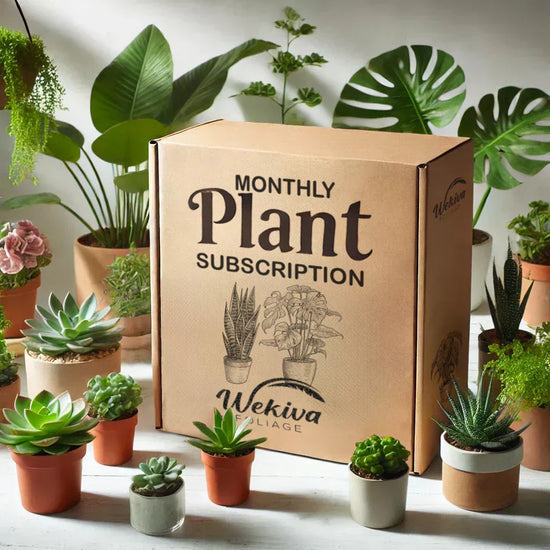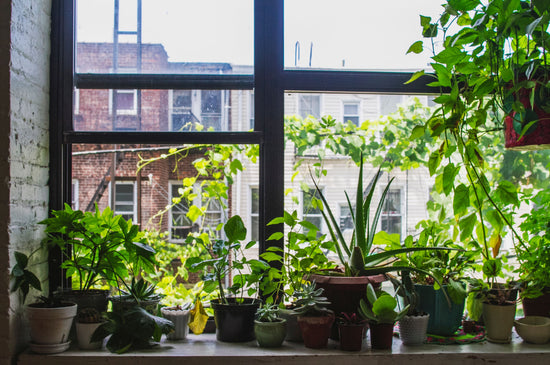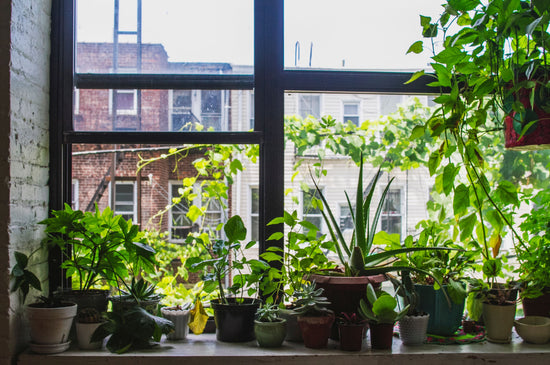When is the Best Time to Plant Clematis Vines?
Clematis vines are a show-stopping favorite among gardeners thanks to their stunning blooms, versatile growth habits, and wide variety of species and colors. Whether you prefer the rich purples of clematis jackmanii, the elegant whites of clematis armandii, or the sweet fragrance of sweet autumn clematis, this flowering vine brings dynamic beauty to any landscape. But if you’re planning to add a clematis climbing vine to your garden, knowing when to plant it is crucial to its success.
Generally, the best time to plant clematis vines is during the cooler parts of the year—either early spring or fall. These seasons offer ideal temperatures and conditions for clematis roots to establish before the extreme heat of summer or the chill of winter. You can explore our Clematis Collection to find the perfect variety for your garden.

Why Timing Matters for Clematis
Clematis vines may be hardy, but like all plants, they need the right environment to thrive—especially during their first few months after planting. Here’s why spring and fall are ideal:
- Soil Temperature: Clematis roots prefer soil temperatures between 50°F and 70°F. This range supports strong root development without the stress of summer heat.
- Moisture Retention: Spring and fall naturally offer more consistent rainfall, reducing the need for supplemental watering and protecting young plants from drying out.
- Root Establishment: Cooler weather allows clematis plants to focus energy on developing a robust root system rather than pushing out rapid top growth or flowering.
- Transplant Shock Reduction: Mild conditions reduce the likelihood of transplant shock, helping your clematis vine plant adjust more smoothly to its new environment.
Spring vs. Fall Planting: What’s Better?
Spring Planting
Spring is a great time to plant clematis flower plants if you’re eager to see growth and possibly a light bloom by late summer. Choose early spring, just as the last frost date passes, for the best results.
Pros:
- More immediate visual rewards with potential for first-season flowering.
- Easier to monitor early growth and adjust staking or training.
Cons:
- May require more watering and maintenance during hot summer months.
Fall Planting
Fall is equally excellent—especially for southern gardeners—offering cooler days and warm soil that encourages strong root growth before winter dormancy.
Pros:
- Less stress from heat and pests.
- Stronger root system heading into spring.
Cons:
- Visible growth is delayed until the next season.
- In colder zones, winter mulching is essential to protect young roots.

Regional Considerations for Clematis Planting
Different clematis varieties respond differently depending on your climate zone. Use these tips to time your planting based on your region:
- Northern Climates (Zones 3–6): Spring planting is usually best to avoid harsh winter damage.
- Mild Climates (Zones 7–9): Fall planting gives clematis ample time to settle in and burst into growth come spring.
- Hot Southern Climates: Clematis vines benefit from afternoon shade and early morning planting. Fall is often preferred due to intense summer heat.
If you’re growing evergreen clematis like clematis armandii, planting in fall ensures a head start before the growing season.

Preparing to Plant Clematis: Key Tips
Before planting your clematis, follow these best practices:
- Choose the Right Spot: Clematis likes “cool feet and sunny heads”—shade the roots with mulch or a low groundcover and allow the vine to grow into full sun (at least 6 hours).
- Soil Preparation: Ensure rich, well-drained soil. Amend with compost if necessary.
- Depth Matters: Plant clematis 2–3 inches deeper than it was in the nursery pot to protect from clematis wilt.
- Support Structures: Install a trellis or arbor before planting so you don’t disturb roots later.
- Water Wisely: Water thoroughly after planting and maintain even moisture through the first growing season.
Recommended Clematis Varieties for Every Gardener
- Clematis Jackmanii – Classic purple blooms; vigorous and easy to grow.
- Clematis Armandii – Fragrant, evergreen white clematis for warm climates.
- Nelly Moser Clematis – Striking pink and white stripes; excellent for partial shade.
- Sweet Autumn Clematis – Late-blooming, fragrant white flowers with rampant growth.
- Clematis Montana – Fast-growing and ideal for covering fences or pergolas.

Frequently Asked Questions
Can I plant clematis in summer?
Yes, but it’s not ideal. If you must plant in summer, provide consistent water, mulch heavily, and protect the plant from afternoon sun to reduce transplant shock.
Should I prune clematis after planting?
If your clematis is newly planted, light pruning encourages branching and fuller growth. For established vines, follow pruning guidelines based on the clematis group (I, II, or III).
Is fall planting better for evergreen clematis?
Yes. Fall planting gives evergreen clematis like C. armandii the cooler conditions it prefers for root establishment before spring.
How long does it take clematis to flower after planting?
Depending on the variety and planting time, you might see flowers the first season, though full blooming potential is often reached in year two or three.
Final Thoughts
Timing your clematis planting for early spring or fall sets the stage for vigorous growth, breathtaking flowers, and long-term success. With proper care and placement, clematis vines become star performers in any garden.
Looking to get started? Browse our full selection of Clematis Vines for Sale to find top-quality plants shipped right to your door.





